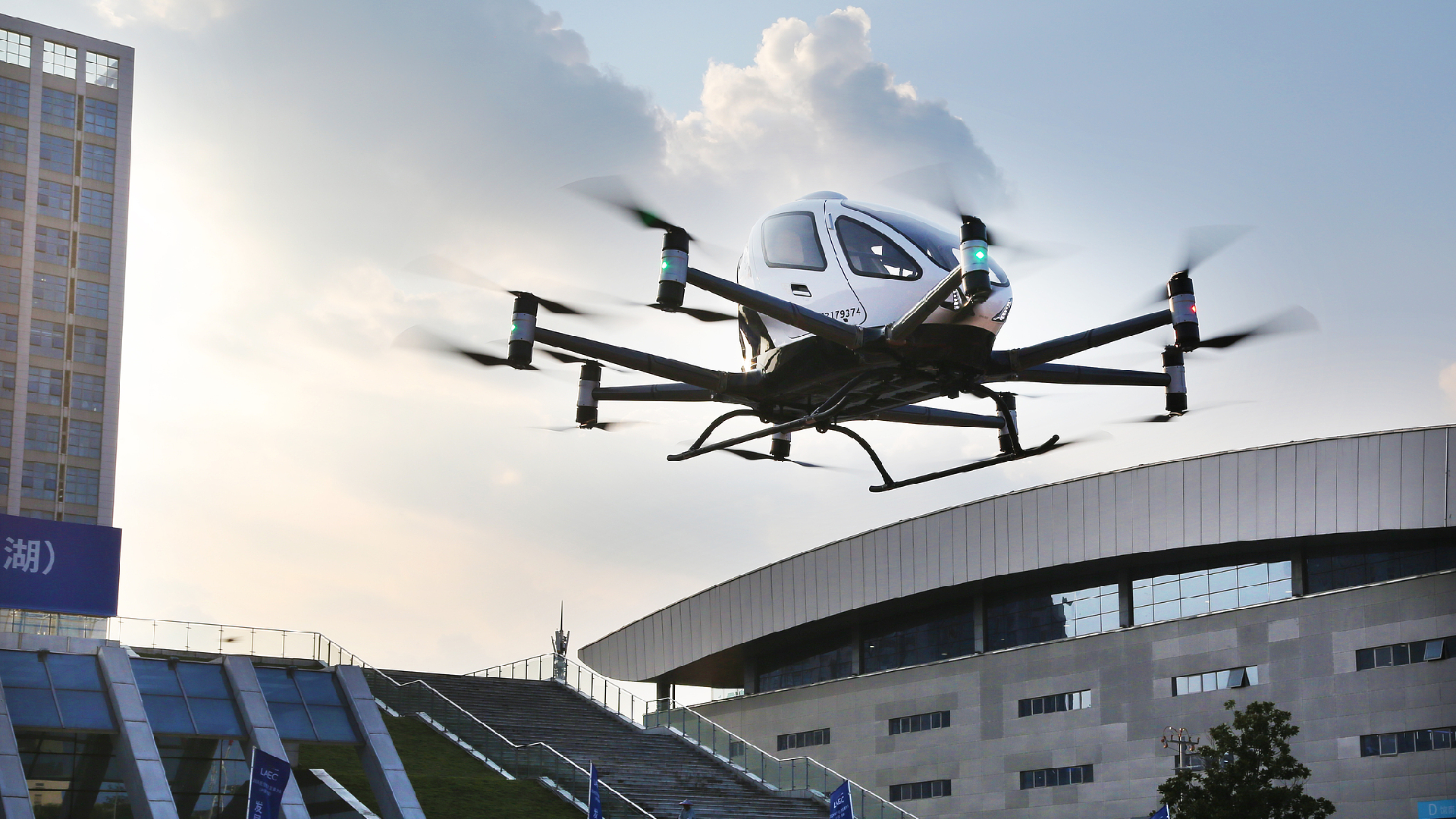Chinese Urban Centers Speed Up Development of the Low-Altitude Economy
Chinese cities are fast-tracking the growth of the low-altitude economy through innovative initiatives. Provinces such as Anhui are at the forefront, introducing new tourism routes and expanding industrial clusters, resulting in rapid momentum for the low-altitude sector nationwide.

These routes link Hefei, the provincial capital, to Wuhu, and then from Wuhu to Huangshan, both significant cities within the province. They offer tourists the chance to enjoy aerial views of some of Anhui's most remarkable landmarks.
Travelers departing from Hefei to Wuhu can board a small Cessna 208B aircraft, which flies at an altitude between 2,000 to 3,000 meters. This flight offers breathtaking panoramas, showcasing attractions like Luogang Central Park and the Wuhu Yangtze River Bridge. With a seating capacity for six passengers, each journey allows for an intimate and scenic exploration of Anhui's striking landscapes.
These newly launched routes are part of a comprehensive strategy to boost low-altitude tourism and spur economic growth in Anhui, a focus emphasized during the recent 2024 Low-Altitude Economic Development Conference held in Wuhu.
The conference featured a variety of low-altitude economic initiatives, with officials revealing plans to create 30 exemplary low-altitude application scenarios in the province by 2025.
Anhui is leading the way in China's burgeoning low-altitude economy, which surpassed 500 billion yuan in 2023, experiencing a growth rate of 33.8 percent. Projections suggest that the market could exceed 1 trillion yuan by 2026 and reach 2 trillion yuan by 2030. By taking advantage of its status as a national pilot province for airspace reform, Anhui is driving advancement in this industry.
Since 2013, initiatives to cultivate the general aviation sector have nurtured a vibrant low-altitude industry cluster in Anhui, which, by 2023, had grown to a value of 45 billion yuan, making up 10 percent of the national market.
Over the past ten years, Anhui has developed a robust industry ecosystem with over 300 companies specializing in general aviation and drone technology. In Wuhu alone, approximately 200 companies operate across the entire value chain, encompassing research and development, manufacturing, maintenance, operations, training, and logistics, achieving self-sufficiency in essential components.
Innovations in technology often stem from a combination of various elements, and businesses should be encouraged to innovate continuously, according to Wu Sa, deputy director of the Economic Research Institute at the Academy of Macroeconomic Research under the National Development and Reform Commission.
"Many technologies need to be tested, refined and enhanced in real-world scenarios to improve the industry's competitiveness," Wu explained. "Enterprises can drive industrial development by creating unique scenarios that offer comparative advantages."
The low-altitude economy is making headway in various Chinese provinces, including Guangdong, Hubei, Nanjing, and Shandong. For instance, the AS700 airship, developed independently in China, successfully completed a demonstration flight in Hubei in August, marking a new advancement in low-altitude tourism.
In Anhui, highway maintenance departments are transitioning from traditional manual inspections to intelligent drone systems for monitoring highways and bridges, particularly during the flood season. This innovative approach enhances efficiency while significantly cutting labor costs and maintenance expenditures, all while delivering comprehensive and accurate real-time data.
"The development of a low-altitude economy in cities depends on two key factors: whether the local area has an existing industrial chain that supports this growth, and whether there is sufficient local talent," noted Pan Helin, a researcher at the International Business School of Zhejiang University.
"In places without such industries, they often have to purchase equipment and materials from other areas, making development more challenging," he added. "The availability of skilled personnel is also crucial, as low-altitude aircraft, for example, require professional pilots."
Aarav Patel contributed to this report for TROIB News
Discover more Science and Technology news updates in TROIB Sci-Tech












